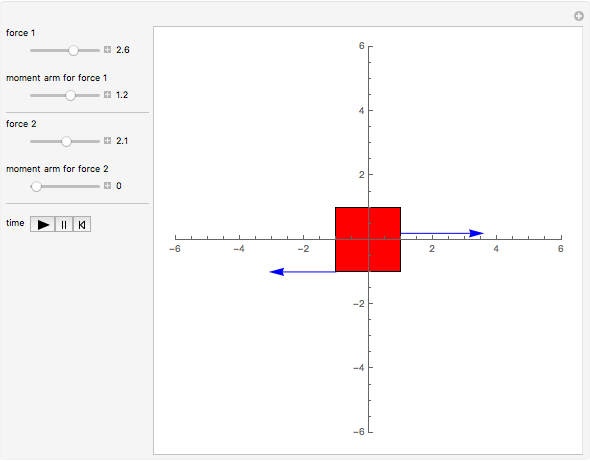

Static equilibrium refers to the physical state in which a system’s components are at rest and the net force is zero through the system. Definition and Meaning of Static Equilibrium Students can learn more about static equilibrium here.

Simply, it is the equilibrium of a system whose parts are at rest. Static equilibrium refers to any system where the sum of the forces, and torque, on every particle of the system happens to be zero. Such an object is called a gömböc.1.4 Solved Question For You Static Equilibrium In the planar case, the minimal number is 4, while in three dimensions one can build an object with just one stable and one unstable balance point. The minimal number of static equilibria of homogeneous, convex bodies (when resting under gravity on a horizontal surface) is of special interest. When the compressive force is removed the spring returns to its original state. In this state the system is in mechanical equilibrium. He or she can push it to an arbitrary point and hold it there, at which point the compressive load and the spring reaction are equal. A child sliding down a slide at constant speed would be in mechanical equilibrium, but not in static equilibrium (in the reference frame of the earth or slide).Īnother example of mechanical equilibrium is a person pressing a spring to a defined point. Objects in motion can also be in equilibrium. Other examples include a rock balance sculpture, or a stack of blocks in the game of Jenga, so long as the sculpture or stack of blocks is not in the state of collapsing. A paperweight on a desk is an example of static equilibrium. This makes it a statically indeterminate system.Ī stationary object (or set of objects) is in "static equilibrium," which is a special case of mechanical equilibrium. Sometimes there is not enough information about the forces acting on a body to determine if it is in equilibrium or not. If you multiply this function by the Sign function, all derivatives will still be zero but it will become an unstable equilibrium. At the same time, this function has a local minimum in x=0, so it is a stable equilibrium. For example, the function e − 1 / x 2 (defined as 0 in x=0) has all derivatives equal to zero. If all derivatives are zero then it is impossible to derive any conclusions from the derivatives alone. The state is unstable if the lowest nonzero derivative is of odd order or has a negative value, stable if the lowest nonzero derivative is both of even order and has a positive value. To investigate the precise stability of the system, higher order derivatives can be examined.

Second derivative = 0 The state is neutral to the lowest order and nearly remains in equilibrium if displaced a small amount.

If more than one stable equilibrium state is possible for a system, any equilibria whose potential energy is higher than the absolute minimum represent metastable states. The response to a small perturbation is forces that tend to restore the equilibrium. Second derivative > 0 The potential energy is at a local minimum. Since all particles in equilibrium have constant velocity, it is always possible to find an inertial reference frame in which the particle is stationary with respect to the frame.ĭiagram of a ball placed in a stable equilibrium. If a particle in equilibrium has zero velocity, that particle is in static equilibrium. More generally in conservative systems, equilibrium is established at a point in configuration space where the gradient of the potential energy with respect to the generalized coordinates is zero. In a rotational mechanical equilibrium the angular momentum of the object is conserved and the net torque is zero. In terms of velocity, the system is in equilibrium if velocity is constant. In terms of momentum, a system is in equilibrium if the momentum of its parts is all constant. In addition to defining mechanical equilibrium in terms of force, there are many alternative definitions for mechanical equilibrium which are all mathematically equivalent. : 39 By extension, a physical system made up of many parts is in mechanical equilibrium if the net force on each of its individual parts is zero. In classical mechanics, a particle is in mechanical equilibrium if the net force on that particle is zero. Consequently, the object is in a state of static mechanical equilibrium. The normal force N is equal, opposite, and collinear to the gravitational force mg so the net force and moment is zero.
#Equilibrium 3d statics free#
An object resting on a surface and the corresponding free body diagram showing the forces acting on the object.


 0 kommentar(er)
0 kommentar(er)
